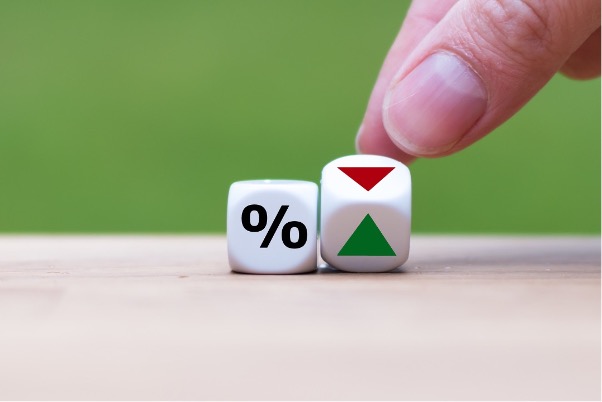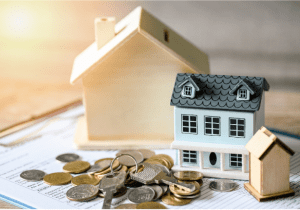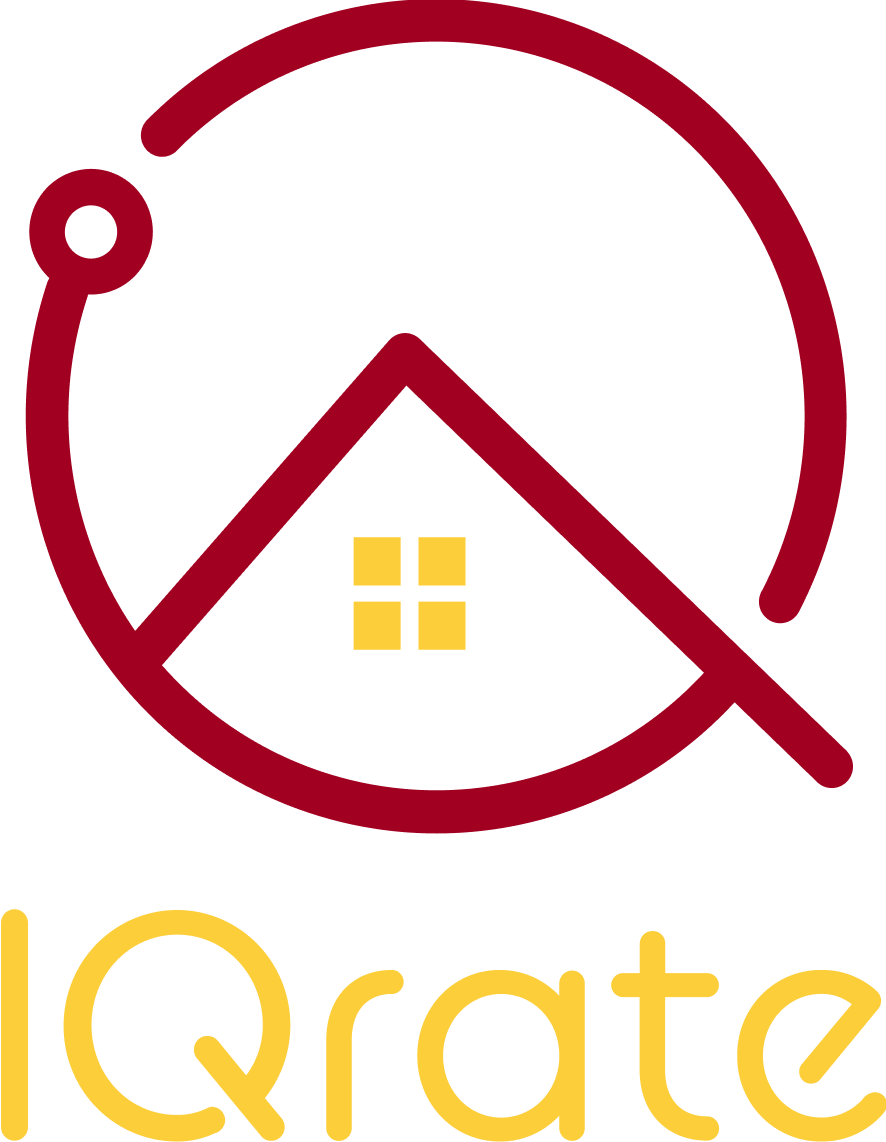SOR and SIBOR are about to be history.
Many of us already know that SOR, or Singapore Dollar Swap Offer Rate, has been phased out and was discontinued at the end of June 2023.
Likewise, SIBOR, also known as Singapore Interbank Offered Rate, will be discontinued after 31 December 2024, making way for SORA (Singapore Overnight Rate Average) as the key interest rate benchmark for Singapore.
So if you’re currently repaying a home loan interest rate pegged to SIBOR, you might be wondering how this transition might affect you. In this article, we take a short trip down the interest rate historical trend, review the differences between the three interest rate benchmarks, and explain how the transition will impact you.
Comparing the three interest rate benchmarks: SORA vs SIBOR vs SOR
If you’re a first-time buyer or homeowner, you might be unfamiliar with these financial acronyms. What do they mean? How are they related to your home loan? How will they affect your purchase decisions?
These acronyms represent industry-wide benchmark interest rates used to determine the various types of home loans in the market.
Singapore Overnight Rate Average (SORA)
SORA is the volume-weighted average rate of borrowing transactions in Singapore’s unsecured overnight interbank SGD cash market between 8.00am and 6.15pm.
This benchmark rate is updated and published on the MAS website by 9am on the next business day.
1M SORA and 3M SORA
1M SORA stands for monthly compounded SORA. It is computed by compounding the daily published SORA rate over the historical 1-month period. Home loans pegged to 1M SORA are reviewed every month.
Similarly, 3M SORA stands for 3-month compounded SORA. It is computed by compounding the daily published SORA rate over the historical 3-month period.
For most banks, home loans pegged to 3-month Compounded SORA are reviewed on a 3-monthly basis.
Singapore Interbank Offered Rate (SIBOR)
SIBOR is derived from the average borrowing and lending rates quoted by financial institutions. It is published after 7 days at 11.30am on ABS website.
SIBOR is mainly affected by two factors: the US Fed interest rates and liquidity in the Singapore banking sector.
SIBOR will be phased out and replaced by SORA by 2024. Thus, banks in Singapore are no longer offering loans referencing SIBOR.
Singapore Dollar Swap Offer Rate (SOR)
SOR is an implied interest rate. It is based on the cost of borrowing in USD before converting to SGD. Thus, it is affected by currency exchange fluctuations.
SOR relies on USD LIBOR for its computation, so alongside the discontinuation of USD LIBOR, SOR is similarly discontinued.
| Interest Rate Benchmark | Administered By | Rate Type | Loan Type |
| SORA | Monetary Authority of Singapore (MAS) | Floating interest rate based on yesterday’s actual interbank lending transactions | Commercial loans Home loans |
| SIBOR | Association of Banks in Singapore (ABS) | Floating interest rate based on a poll of rate forecasts by ABS’ financial institutions | Derivatives Corporate loans Government bonds Home loans |
| SOR | Association of Banks in Singapore (ABS) | Floating interest rate based on USD foreign exchange rate | Derivatives Commercial loans |
Historical trend of SIBOR and SORA rates

As we navigate the uncertainty and volatility of the current rising interest rate environment, it’s important to note that home loans in Singapore were at their highest in the 1990s at around 5 to 7%.
With the strong correlation between home loan rates in Singapore and the US Fed Reserve rates, home loan interest rates will likely to experience moderate adjustments in 2024. Factoring in global concerns like the war in Ukraine and Middle East, energy and supply chain issues, it is plausible that floating home loan rates in Singapore will stay above 4 to 5% in 2024.
Below is a historical trend of SIBOR and SORA rates in Singapore for the last decade to help you gain a better insight into floating-rate home loans and their possible trajectory:
| Year | 1M SIBOR | 3M SIBOR | 1M SORA | 3M SORA |
| Jan 2024 | 4.025 | 4.056 | 3.649 | 3.701 |
| Jan 2023 | 4.031 | 4.250 | 2.572 | 3.017 |
| Jan 2022 | 0.300 | 0.437 | 0.231 | 0.195 |
| Jan 2021 | 0.251 | 0.405 | 0.241 | 0.167 |
| Jan 2020 | 1.749 | 1.774 | 1.255 | 1.267 |
| Jan 2019 | 1.797 | 1.803 | 1.619 | 1.466 |
| Jan 2018 | 1.517 | 1.642 | 0.915 | 0.847 |
| Jan 2017 | 1.008 | 1.208 | 0.253 | 0.148 |
| Jan 2016 | 0.625 | 0.872 | 0.303 | 0.350 |
| Jan 2015 | 0.950 | 1.070 | 0.157 | 0.122 |
Switching from SOR, SIBOR to SORA

Why SORA?
SORA calculates interest rates based on past transactions. This means that you can know what to expect next month and won’t be caught by surprise by unexpected rate hikes.
It is unlike SIBOR, which can be more volatile as banks can decide to increase or decrease interest rates without warning.
In short, SORA will be more transparent to borrowers.
When will SORA replace SIBOR?
SORA will replace SIBOR as the new interest rate benchmark by the end of 2024.
When do you need to change your SIBOR-pegged home loan?
You must switch out your SIBOR-pegged home loan by the end of 2024 and there will be 3 options offered by the bank.
Option 1: Switch to an alternative prevailing property loan package before April 30, 2024
Option 2: Take up the SORA Conversion Package before April 30, 2024
Option 3: Let your loan automatically convert from SIBOR to SORA starting from June 1, 2024
Should you choose a 1M or 3M SORA-pegged home loan?
This really depends on your financial situation and risk appetite. The 3-month SORA rate has a longer refresh period (3 months), making it a less volatile option. In the current interest rate environment, a 3M SORA rate might be a better option for its stability and projection.
1M SORA may be more beneficial to borrowers in a low-interest-rate environment. With a shorter refresh period (1 month), you can reap greater benefits with decreasing interest rates.
Should you switch your floating-rate home loan to a fixed-rate home loan instead?
Given that interest rates are expected to experience moderate adjustments, it might make sense to take a fixed rate package. If you are risk-averse and dislike volatility and uncertainty, it’s best to switch to a fixed-rate home loan.
However, as there is no certainty when it comes to interest rates and inflation, it’s advisable to look at fixed-rate home loans with shorter lock-in periods (i.e. one or two years). This way, you still have the flexibility to switch out after observing the market fluctuation in the coming year.
On the other end of the spectrum, if you have the repayment ability and prefer to pay according to market rates, sticking to a floating rate package would be a good option.
That said, it’s important to consider what home loan package works best for your financial situation.
Your financial future starts with the right advice
In the ever-evolving landscape of home loans in Singapore, making informed decisions is key to securing your financial future.
Our dedicated team of expert advisors at IQrate is here to guide you every step of the way. Don’t let uncertainty hold you back; take the first step towards achieving your homeownership dreams today.







